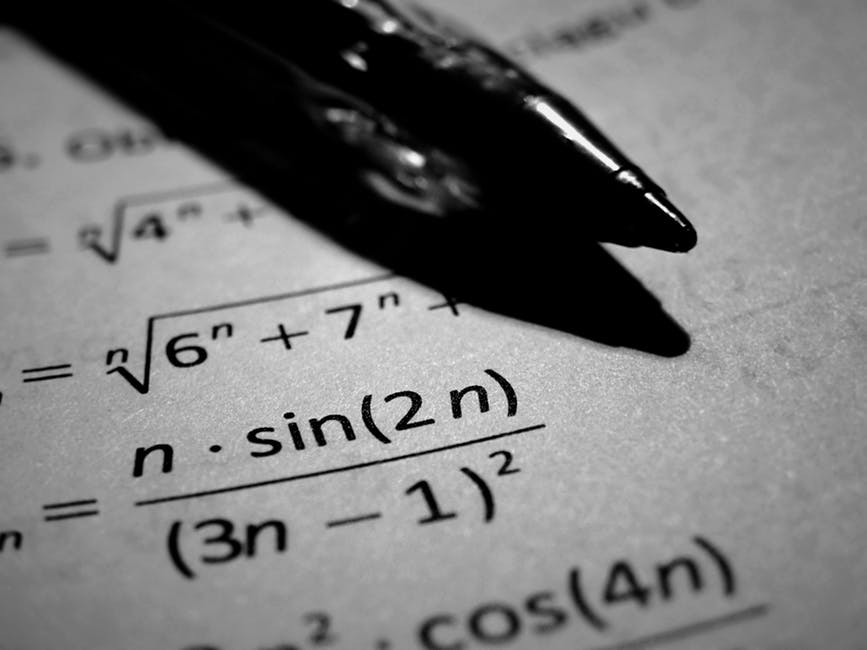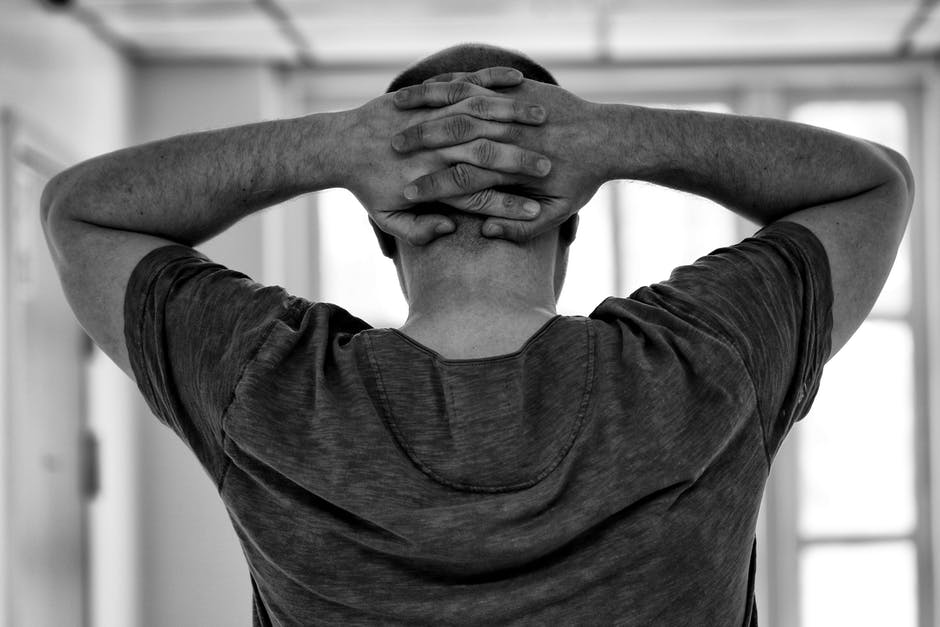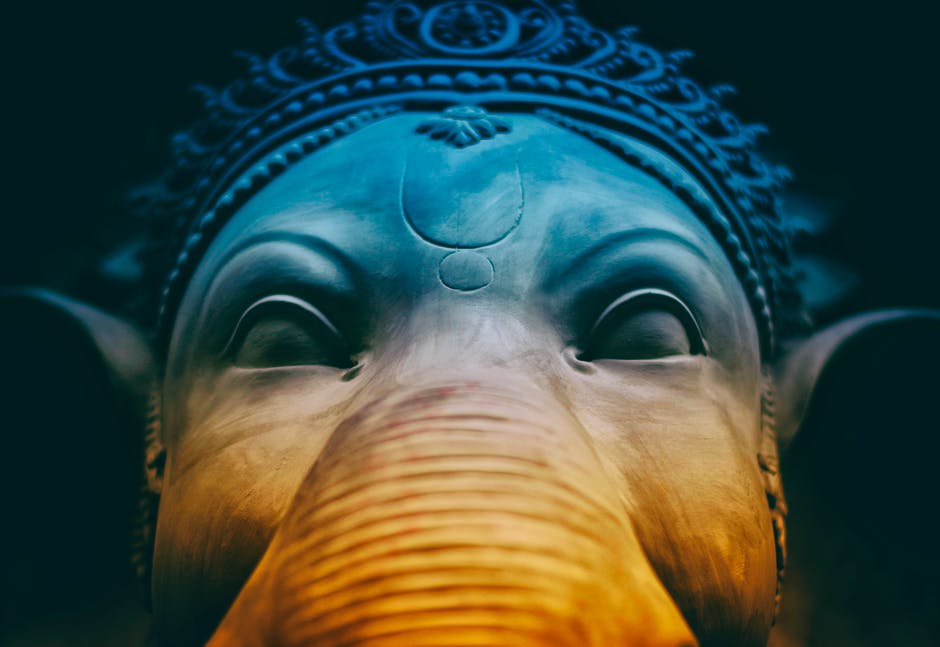This is part 3 in a useful flight of blog posts by Zephyr Wildman. This time, she shares a formula for positive change and how to combine yoga and recovery.

There is a simple equation that Yoga provided me years ago when I became a student. It made sense to me instantly, resonates with me to this day and helps in illustrating the parallels of Yoga and a 12 step program. The formula is this:
I(d) + i(e) ≥ R
I: intention, d: desire
i: intensity, e: energy in the effort
R: resistance
The intention of my desire, plus the intensity of energy in the effort I give that desire, has to be greater than or equal to the resistance.
The only way I have been able to make any movement to positively change my life is by welcoming study of my resistance and having greater intensity in effort and intention of my desire to change.

The only way of removing the darkness in a room is to turn on the light, to shine the light on our “stuff”; routines, habits, what motivates our negative choices.
In Yoga we call this Vichara, in the 12 step fellowship we call this “inventory taking”.
It is a way of taking accountability and responsibility of the unmanageable feelings, thoughts and actions we accumulate by addressing why we think we can be powerful over things we are powerless to control.
It helps us to pause and choose something other than what we normally do to return us to a state of sanity (insanity: doing the same thing over and over expecting different results).
If we can divert our path and regain grace within the moment to see everything, this becomes a teacher to mirror back to ourselves and our part in the drama of messiness. This acceptance and state of surrendering in the turbulence of life gives us a moment where we can make better, more helpful choices not ruled by our impulses, feelings or reactions, but giving us more of an opportunity to learn different and more helpful actions. “

This acceptance and state of surrendering in the turbulence of life gives us a moment where we can make better, more helpful choices not ruled by our impulses, feelings or reactions, but giving us more of an opportunity to learn different and more helpful actions. “
“Higher Power, grant me the serenity to accept the things I cannot change, the courage to change the things I can and the wisdom to know the difference.” Serenity Prayer, Anonymous
I will give you a personal example. After my late husband of 13 years passed away of cancer all whilst in the grip of his own addiction issues, I was left a mess.
As much as my practices served to keep me fulfilled and sane, I found the effects of living with an addict who was dying of cancer terribly hard. It was dark. It chipped away my self-esteem, self-belief and sense of love.
However, I found I was teaching well and my career was flourishing, I felt my purpose in this world stronger than I had done before, I also felt the presence of spirit and a deep trust in life. But, my relationship with love, sensuality and sexuality was a doormat.
I realised that this needed to be addressed for me to live again fully.
My resistance that kept me stuck was a message (or Vikalpa) I consciously and unconsciously entertained repeatedly when feeling dark. The message was “I am not enough to be loved or to love.
” This isn’t just a “false-belief” left from my late husband, this was a string which I tugged on that was attached to many roots that stemmed from childhood.
This was painful and stressful and you know where my mind went when it was triggered?

It went to over-working, chocolate, yoga, exercise, listening to podcasts, more chocolate, tv, social media, shopping, more chocolate…
Yep, I was a full-blown dopamine addict. Getting a quick fix that never filled the void. The loop kept me trapped in this wheel of experiencing the Kleshas/mental emotional afflictions.
- Avidya/ignorance. “All is F.I.N.E.” (F**ked up, Insane, Neurotic, Emotional).
- Asmita/egotism: “I am unlovable.”
- Raga/craving previously experienced pleasures: “I will consume anything so not to feel my feelings!”
- Devsa/aversion: “I am never going to make myself feel vulnerable to anyone ever again.”
- Abinivesha/fear of death: “This feeling is going to kill me.”
I was trapped in that loop until I was so sick and tired of being sick and tired that I consciously decided to move on.
My experience had proven that I never changed if I was comfortable. I had to hit ‘rock bottom’ before I gained enough dis-ease, or felt enough heat of discomfort before I was able to get off my pity-pot.
Desperation is a gift, it is the key to change. That heat motivates us to move into the unfamiliar and risk.
The heat (Tapas) is what we re-create on the Yoga mat within our bodies and mind, the dis-ease of telling one’s story to strangers in a room during recovery.

This is where the positive change begins to occur.
I have never been able to effectively heal from the suffering I experience by myself. I embraced my pain, yet I did not do it alone. I discovered in rooms with others who walk this path a shared experience.
They held space for me to come to this point and celebrated me when I finally had the strength to implement loving action for myself.
“I desire and am worthy of a loving relationship” became my mantra, my Sankalpa.
I found what I desired; a loving relationship with a man who had shared characteristics and virtues within me.
Every time the core false-belief, negative feeling, my darkness would pop up, I would find the discipline to STOP it and replace the darkness with the statement of light.
I would practice delaying gratification to feel the heat of discomfort to practice embracing suffering in service to manifest my desire.
Facing my resistance was like the anonymous quote “The reason I didn’t get burned in the fire, is that the fire within me burned brighter.”
When we are calm and serene the brain function can work towards experiencing this state of being or well-being.
Allowing the Prefrontal Cortex to implement a new structure, so when the Limbic System gets triggered and causes the Striatum and Insula to react, there is more opportunity for a healthier and positive outcome as we grow and thrive in life.
I have to say within 7 months after my husband passed, I found love, a best friend and a partner who embodies all that I have always adored, admired and aspired to in this human experience.

I burnt through the resistance and addictive pull.
It doesn’t mean that I am immune from bad things ever happening again. I have to practice on the little things, the mundane, becoming more skilful in waking up to the unmanageable that manifest due to having a human brain!
So this was my “ah ha” experience and I am lucky to have had it. Teaching the concept for each individual is a bit harder as we all have our own different “stuff”. Kleshas can only be overcome if they recognised and each of our loops are so unique.
So to put the equation I introduced earlier into practice for an aspiring “Yogi” it would go like this:
The intention to practice yoga and meditation everyday plus the intensity of energy put into the effort and determination to make this happen has to be equal to or greater than the resistance usually manifesting in statement like “I’m too tired, not feeling in the mood,” “it’s my “moon-cycle” “this morning, I have no time.”
Understanding that the loop can be broken and the neurology that keeps you in this loop must be addressed is key to positive change. Your Prefrontal Cortex must find a way to veto the Limbic System and the uncomfortable messages being communicated by the Insula. The Yogi must find a practice that can release dopamine and create another habit more alluring than the loop and the Kleshas that feed it.
Reprioritising, relearning and practicing new disciplines is how I have been able to be most effective in transforming my life today. I have done this by studying these methodologies as well as seeking support from my teachers and my sponsor in recovery.
My teachers and 12 step sponsor are normal people on this path. They too apply these techniques in their lives. I have chosen them to be the source of deep support for me as I have seen the influence of these systems work for them.
I also see they are in a process as humans, not perfect, affected by life, family, work and responsibilities. They have faults and struggles and courageously share these struggles with me and with each other. They have used Yoga or 12 steps in working through life’s difficulties.
“We all have limitations, yet we all share the human ability to self-reflect and the capacity to experience something beyond our conditioned consciousness.” Rod Stryker
“Wisdom tells me I am nothing. Love tells me I am everything. And between the two my life FLOWS” Nisargadatta Maharaj

7 Stages and 12 Steps
Neither Yoga nor the 12 step fellowships are religious. However, both open you up to practice a spiritual way of life.
Whatever your personal experience of a higher power, source, nature, love, God-head, Pure Conscious Awareness, one can practice both methodologies that direct practices in the direction of having our own personal awakening to whatever it is.
Ultimately revealing that the Divine is within us, for us, works for us and within us to wake us up to its presence in everything.
This is important because both the Yoga Stages and 12 Steps rely on a foundation of surrendering or acceptance to the belief that there is something else out there that is omnipresent.
The “something else” could be knowledge or spirit or energy but the understanding is we must be humble and realise it does not come solely from ourselves. What we seek can only be created through a gradual process that builds over time and must be open-hearted in nature.
There are 7 stages of Yoga and 12 steps of recovery. For someone just being introduced to the concepts, it may seem like a lot of work and not enough time in your life to implement them.
However, think about this: how much time do you waste entertaining routines, habits and impulses lead by unruly thoughts and feelings that have the same undesirable outcome?
From my practice of Yoga-Asana, I have personally experienced that if I create effort in my body I experience effortlessness.
I can create an action to experience stillness (which is the whole traditional reason for Asana, to prepare the body and mind for meditation, stillness, through action, postures). For every choice, there is a consequence whether desirable or undesirable. I put into my life what I want to get out of it.
7 Stages of Yoga:
- Self-Observation/Subbecha
- Self-Understanding/Vicharana
- Self-Acceptance/Tanumanasana
- Self-Discipline/Sattvapati
- Self-Actualization/Asamskati
- Self-Transcendence/Padarth Bhawna
- Self-Transformation/Turya
An abridged version of the 12 Steps:
- Acceptance/I can’t
- Confidence/“GOD” can
- Surrender/Let “GOD”
- Self-examination/Look within
- Self-honesty/Admit wrongs
- Willingness/Ready self for change
- Humility/Seek “GOD’s” help
- Forgiveness/Become willing
- Restitution/Make Amends
- Admission/Daily inventory
- Seeking/Pray and Meditate
- Unconditional Love/Give it away
To have greater and positive impact in life you have to cultivate awareness in a situation. From understanding that situation there needs to have some sort of injection of humility and acceptance for the situation. Then and only then can you take skilful action. Here is an example:

Stuck in traffic. There is an awareness that traffic will make you late. There are two choices that will effect the outcome.
- Stress, honk the horn and get angry over something you have no control over or
- Relax, remember next time to give yourself more time to get to this destination.
You will arrive in one of two conditions due to whether you accepted the situation or not.
Arrive angry flustered and project that forward into your next interaction with someone or arrive calm and that much wiser that traffic is an obstacle in life, but leaving earlier next time will help you overcome that obstacle.
Which action would be of benefit to long-term happiness and serenity? We are powerless over people, places and things, however, we are powerful over how we react or respond.
Each of the 7 stages and 12 steps can be further simplified into three points of focus that work well with choices and consequences:
Stages of Yoga:
- Self-Awareness
- Self-Knowledge
- Self-Realisation
Steps of Recovery:
- Awareness
- Acceptance
- Action
Another way to practice these stages/steps using a situation that involves a little more power over the situation is to delay gratification:
The next time you are idle, try sitting. Notice how you want to unconsciously reach for your phone, turn the radio on, entertain thoughts of fantasy or projection (this is the Dorsal Striatum searching for a dopamine hit).
- Sensing Self-Awareness dawning sit and find the grit or heat of not doing what you normally do, it’s difficult. Good. Then breathe. Watch the inhale and exhale. The transition between the breaths. Watch how the ego screams out that it has better things to do, like watch cute kittens on Facebook.
- Become more proficient in Self-Knowledge. Breathe. Connect with the witnessing state of awareness. Sense yourself calming with every breath. Stay connected to an internal stream of consciousness that rests with the rhythm of the breath that leans you into a feeling and current of consciousness that is calm, quiet and still.
- Continue on the path to Self-Realisation.
Yoga is the ongoing waking-up and cultivation of a deep state of profound self-awareness of the absolute truth that rests within everything. Being conscious within ourselves every moment that passes, we gather information to effectively and efficiently navigate through life.
The consciousness aides us to find mastery of self-knowledge through self-study, skill in action to know what practices to preform to create harmony as well as creating a greater impact to whatever we put our minds to.
This then leads us down the road to the science of self-realisation where we transcend the mundane experiences being human and transform into that which is the source of all knowledge, enlightened and “God”-knowing.
It’s big stuff and by no means easy. Discipline and practice and in some cases years of becoming comfortable with self-awareness is the key. Some people really find that understanding the neurology of how we continue to live in these unhelpful and negative cycles helps to gain self-awareness.
It speaks to the logical and rational self which might need explanation in concrete terms. Knowing that dopamine and three parts of the brain are constantly at odds with what rationally we might perceive as healthy choices, is just the beginning of the journey through the stages/steps.
I am an addict. I use the tools that Yoga and the 12 Step provide me to work in harmony with this human condition and to experience that which is beyond it, finding Moksha/Freedom from the cycle of unhelpful habits.

I bravely face every moment honouring myself, seeking joy, contentment, connection and love to ultimately celebrate a faith-filled, fearless awakened life.
I go into every experience bravely connecting to my unique power and experienced wisdom with great confidence, self-belief and the courage to intimately share the beauty of me.
Every day, I honour the best of myself. I honour my past to inform my present moment. I open myself to receive those teachings that reveal the light of knowledge in me. Om Shanti Shanti Shanti Om.
I myself am a member of Al-anon and a sponsor for Ala-teen (Al-anon for teenagers), which are fellowships for friends and family members of alcoholics and addicts.
For one addict, there are on average ten people affected by their behaviour.
It is an anonymous fellowship, not a secret society. I have chosen to break my anonymity to help others by sharing my story and the ways I have been able to live one day at a time, whole-heartedly with joy, contentment and serenity.
Healing by being of service to each other, sharing reasons why we suffer and finding meaning to the suffering.
It is a community and if you are reading this and think a community might be able to help you break free from the loop, I recommend finding some Yoga teachers that you see something inside of them that you aspire to.
Find someone that can take you through these steps, teach you more in-depth yoga that is beyond asana.
If you find yourself needing a 12 Step Fellowship, research the best one for you. Attend at least 6 meetings to make up your mind if it is for you or not.
Then find a sponsor, who you are willing to have a long-lasting relationship with to work these steps.
Feel free to reach out to me as well. I teach at a treatment centre in London called The Recovery Centre, however, there are many other centres that use 12 steps as well as Yoga, Meditation and Holistic practices.
I also teach public classes at The Life Centre in Notting Hill. Visit my web page www.zephyryoga.com for retreats, workshops and other blogs, but most importantly have the courage to recognise the cycle and the loop and acknowledge that in life the human condition is imperfect and that the journey through life is merely a practice in making it more fulfilling.
Understanding brain function and how to make it work for you are essential skills to have on that journey.
Helpful Resources
Alanon Family Groups support groups for those who’s lives have been affected by addiction. https://al-anon.org
Alateen Groups for 12-17 year old’s who’s lives have been affected by addiction. https://al-anon.org
Alcoholics Anonymous http://www.alcoholics-anonymous.org.uk
Narcotics Anonymous http://ukna.org
Overeaters Anonymous http://www.oagb.org.uk
Anorexia and Bulimia Anonymous http://aba12steps.org
Sex and Love Addicts http://www.slaauk.org
12 Steps of Recovery:
- We admitted we were powerless over people, places & things – that our lives had become unmanageable.
- Came to believe that a Power greater than ourselves could restore us to sanity.
- Made a decision to turn our will and our lives over to the care of that Power as we understood it
- Made a searching and fearless moral inventory of ourselves.
- Admitted to the Power of your understanding, to ourselves and to another human being the exact nature of our wrongs.
- Were entirely ready to have that Power remove all these defects of character.
- Humbly asked the Power of your understanding to remove our shortcomings.
- Made a list of all persons we had harmed and become willing to make amends to them all.
- Made direct amends to such people wherever possible, except when to do so would injure them or others.
- Continued to take personal inventory and when we were wrong promptly admitted it.
- Sought through prayer and meditation to improve our conscious contact with the Power as we understood it, praying only for knowledge of its will for us and the power to carry that out.
- Having had a spiritual awakening as the result of these steps, we tried to carry this message to others and to practice these principles in all our affairs.





Leave a Reply